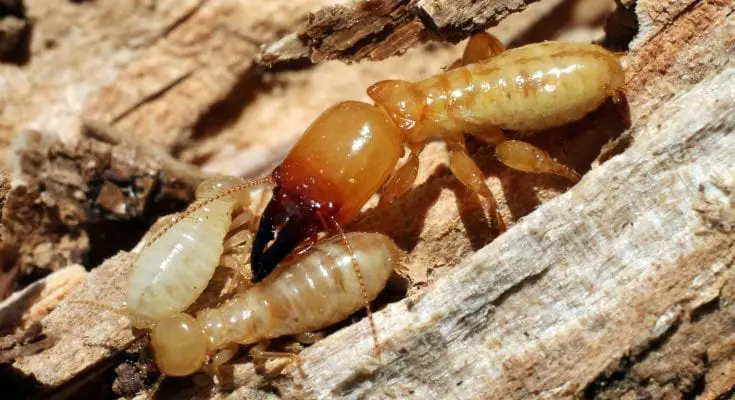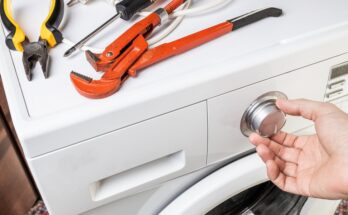If termites are not controlled, they are a small but dangerous pest that may seriously harm houses and other structures. Often referred to as “silent destroyers,” termites work silently and hidden from view, making it crucial for homeowners to be vigilant in spotting signs of infestation early on. In this article, we’ll explore some of the common signs of termite infestation and provide tips on how to spot them before they cause extensive damage.
1. Mud Tubes
Mud tubes are a prominent indicator of termite presence. These pencil-sized tubes are constructed by termites using soil, wood particles, and saliva, providing them with a protected passageway between their nest and a food source. You’re likely to find these mud tubes along the foundation of your home, near pipelines, or in crawl spaces. If you come across these tubes, it’s a clear sign that termites are actively present and seeking food sources within your property.
2. Hollow-Sounding Wood
Termites destroy cellulose-rich wood from the inside out, gradually hollowing it down in the process. When tapping or knocking on wood that has been infested by termites, it may produce a hollow or papery sound due to extensive internal damage. This symptom is especially noticeable in wooden structures such as beams, door frames, or furniture. If you suspect termite damage, carefully inspect the affected wood for signs of tunnels or galleries created by the pests and immediately call the Pest Solutions Termite and Pest Control services.
3. Swarming Termites
During specific periods, usually in the spring or early summer, termite colonies produce winged reproductive termites known as swarmers. These swarmers emerge from the colony in large numbers, often attracted to sources of light. Spotting swarmers indoors or outdoors near windows, doors, or light fixtures is a clear indication of an active termite colony nearby. It’s essential to take immediate action upon sighting swarmers to prevent the establishment of new colonies and further infestation.
4. Discarded Wings
After swarming, termite swarmers shed their wings, leaving behind piles of discarded wings near entry points such as windowsills, door frames, or light fixtures. These discarded wings serve as evidence of recent termite activity and are often found in areas where swarmers have gained access to a structure. If you discover discarded wings indoors, it’s crucial to thoroughly inspect your property for additional signs of termite infestation and address the issue promptly.
5. Sagging Floors Or Ceilings
As termites feed on wooden support structures within a building, they can cause structural damage that leads to sagging floors or ceilings. This type of damage typically occurs in areas where termites have compromised load-bearing beams or joists, resulting in visible signs of sinking or sagging. Homeowners should pay close attention to any changes in the levelness or stability of their floors and ceilings, as these may indicate underlying termite activity requiring immediate attention.
6. Tight-Fitting Doors Or Windows
Termite damage can impact the structural integrity of wooden doors and windows, causing them to become difficult to open or close properly. If you notice that doors or windows in your home are suddenly sticking, jamming, or rubbing against their frames, it could be a sign of termite activity affecting the surrounding woodwork. To determine the extent of the infestation and direct treatment efforts, look for termite damage in the areas surrounding door frames, window sills, and baseboards.
7. Frass
Termite droppings, known as frass, are another common indicator of termite infestation. Frass resembles tiny pellets or sawdust and may accumulate near termite entry points, along baseboards, or in areas where termites are actively feeding. Homeowners may also find frass within or around damaged wooden structures, indicating ongoing termite activity. If you find large amounts of frass in your home, you should explore more to find out how bad the infestation is and to treat it accordingly.
Conclusion
Early termite infestation detection is essential to avoiding significant property or home damage. Homeowners can prevent the problem from getting worse by being aware of the typical indicators of termite activity and understanding how to recognize them. A professional pest control company should be contacted if you think you may have a termite infestation so they can evaluate the problem and put an efficient treatment plan in place. You can shield your house from termites’ damaging impacts and keep it pest-free for many years to come with quick action and appropriate preventative measures.



